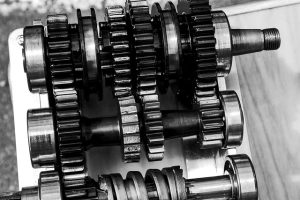In the UK, medical device manuals require precise translations adhering to stringent MHRA and MDR regulations for patient safety. Specialized Translation services for Medical Device Manuals UK navigate complex challenges, including technical jargon, regulatory compliance, and consistent terminology across diverse sectors like electronics, pharmaceuticals, and orthopaedics. Reputable translators ensure accuracy, maintain latest guidelines, and foster a culture of safety through expert knowledge, quality control measures, and post-translation regulatory checks. Choosing providers with experienced medical translators who are native speakers and experts in UK health standards is paramount to meet these stringent requirements.
In the UK healthcare sector, ensuring compliance with stringent regulations is paramount. One critical aspect often overlooked is the translation of medical device manuals. This article explores the essential process of translating device manuals to meet UK regulations, highlighting key considerations. We delve into understanding regulatory requirements, the significance of accurate translations, and potential challenges. Additionally, it guides readers on selecting reputable translation services, maintaining quality control, and adopting best practices for ongoing compliance in this vital domain, emphasizing the importance of professional Translation Services for Medical Device Manuals UK.
- Understanding UK Healthcare Regulations for Medical Devices
- The Role of Accurate Translation in Compliance
- Challenges in Translating Device Manuals
- Choosing the Right Translation Service for Medical Devices
- Ensuring Quality and Consistency in Translations
- Best Practices for Maintaining Regulatory Compliance Post-Translation
Understanding UK Healthcare Regulations for Medical Devices
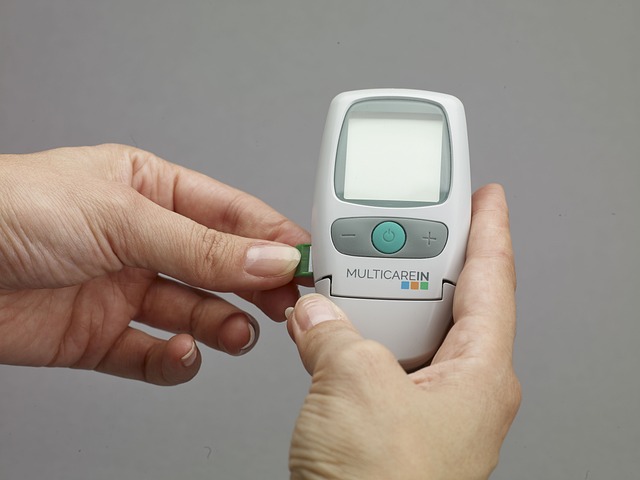
In the UK, medical devices are subject to stringent regulations aimed at ensuring patient safety and compliance with healthcare standards. The Medicines and Healthcare products Regulatory Agency (MHRA) is responsible for overseeing the regulation of medical devices, from their design and manufacturing to distribution and post-market surveillance. When it comes to translation services for medical device manuals, understanding these regulations is paramount.
Translation accuracy is not just about conveying words from one language to another; it involves ensuring that the translated manual complies with UK healthcare requirements. This includes accurately describing technical aspects, safety precautions, usage instructions, and potential risks associated with the device. Professional translation services specializing in medical devices should have a deep understanding of this regulatory landscape to deliver accurate and reliable translations that meet MHRA standards.
The Role of Accurate Translation in Compliance

In the realm of healthcare, where precision and compliance are paramount, accurate translation plays a pivotal role in ensuring that medical device manuals meet stringent UK regulations. When it comes to translation services for Medical Device Manuals UK, reliability is non-negotiable. Professionals must possess an in-depth understanding of both the source and target languages, along with expertise in medical terminology, to convey critical instructions and safety information without ambiguity.
The consequences of poor translation can be severe. Misinterpreted instructions may lead to incorrect device usage, potential hazards, and even legal repercussions. Therefore, employing specialized translators who are adept at navigating complex regulatory landscapes is essential for compliance. By partnering with reputable services, healthcare providers can rest assured that their manuals accurately reflect the latest guidelines, fostering a culture of safety and accountability.
Challenges in Translating Device Manuals

Translating device manuals for the UK healthcare sector presents unique challenges, especially with stringent regulations in place to ensure patient safety and product compliance. One of the primary hurdles is navigating medical jargon and technical terminology specific to each device’s field. Medical devices span diverse areas like electronics, pharmaceuticals, and orthopaedics, requiring translators to possess a deep understanding of these sectors to convey accurate information.
Additionally, maintaining consistency in terminology across different manuals and keeping up with frequent updates in UK healthcare regulations is demanding. Translation services for medical device manuals in the UK must adapt to these complexities, ensuring that the translated content aligns perfectly with local standards while preserving the original intent and functionality of the manual.
Choosing the Right Translation Service for Medical Devices
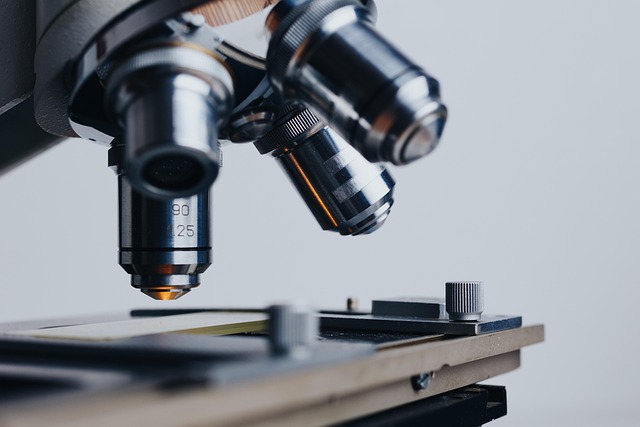
When it comes to translating medical device manuals, accuracy and compliance are paramount in the UK. Choosing the right translation service is a critical step to ensure your manuals meet stringent healthcare regulations like the Medical Devices Regulation (MDR). Look for providers with extensive experience in the medical field and a deep understanding of UK health standards.
Reputable translation services for Medical Device Manuals UK should employ qualified translators who are native speakers, possess technical expertise, and stay updated on regulatory changes. They should also offer post-translation review processes to catch any subtle errors or inconsistencies that could impact device safety and efficacy.
Ensuring Quality and Consistency in Translations
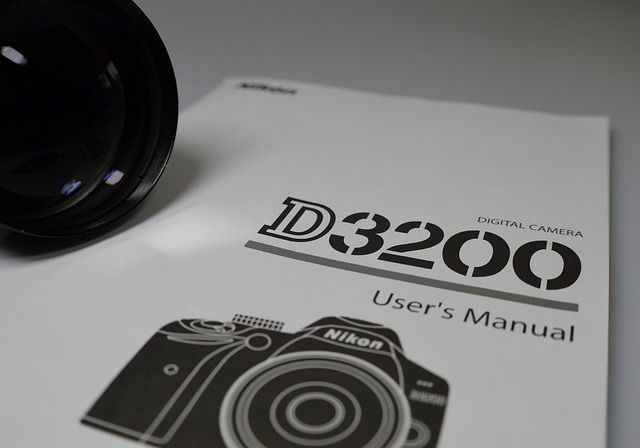
Ensuring quality and consistency in translations is paramount when it comes to medical device manuals, especially within the stringent UK healthcare regulations. Professional translation services for medical device manuals in the UK must adhere to strict standards to maintain accuracy and clarity. This involves not only linguistic proficiency but also a deep understanding of medical terminology and regulatory requirements.
Translation companies should implement rigorous quality control measures, including multiple rounds of review by expert translators and editors. Using advanced translation memory software can help maintain consistency across different manuals and updates, ensuring that all translations remain aligned with the source material. This meticulous approach guarantees that device manuals are not only correctly translated but also meet the high standards required in the UK healthcare sector.
Best Practices for Maintaining Regulatory Compliance Post-Translation
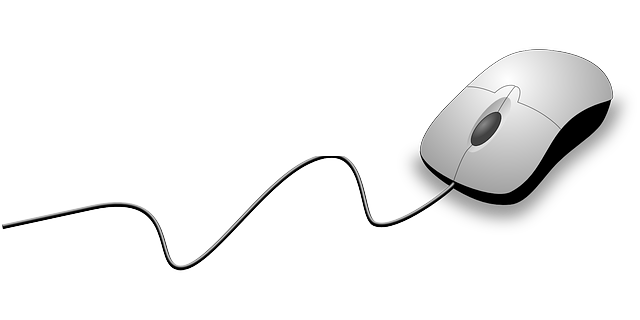
Post-translation, ensuring regulatory compliance is a multifaceted process that requires meticulous attention to detail. First and foremost, it’s crucial to engage professional translators who possess not just linguistic expertise but also a solid understanding of UK healthcare regulations. This includes staying up-to-date with any changes in legislation, as medical device manuals must reflect the latest safety standards and guidelines.
Additionally, implementing a robust quality assurance (QA) system is vital. This involves proofreading, editing, and fact-checking the translated documents to guarantee accuracy and consistency. Using specialized software for translation memory and terminology management can help maintain brand voice and ensure that all technical terms are rendered correctly, enhancing overall compliance with UK regulations for Translation services for Medical Device Manuals UK.
To ensure patient safety and regulatory compliance, translating medical device manuals to meet UK healthcare regulations is paramount. By understanding the requirements, leveraging accurate translation services, and adopting best practices, manufacturers can navigate the complexities of this process effectively. Choosing the right translation service specializing in medical devices is crucial, ensuring quality, consistency, and adherence to industry standards. This comprehensive approach guarantees that device manuals are not only accurately translated but also comply with UK regulations, fostering a safer and more regulated healthcare environment. Translation services for Medical Device Manuals UK play a vital role in this critical process, enabling manufacturers to meet their obligations and provide clear, effective instructions for medical professionals.
